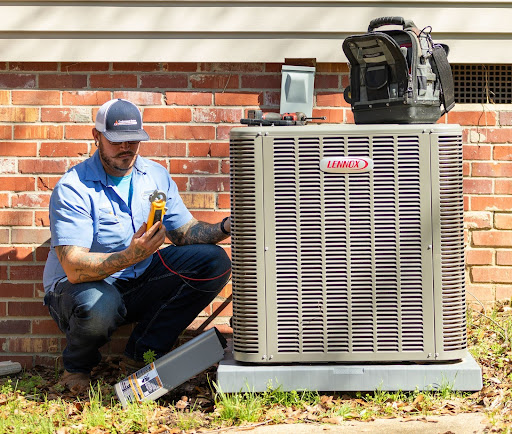As we stand on the brink of a significant shift in the HVAC and refrigeration industry, the new refrigerant requirements for 2025 are set to redefine how we think about, install, and manage our cooling systems. Spearheaded by the Environmental Protection Agency (EPA), these changes are designed to mitigate the environmental impact of current refrigerants, which are known for their high Global Warming Potential (GWP). The 2025 refrigerant changes are not just a regulatory update; they represent a critical step toward a more sustainable future.
In this blog, we will explore the what, why, and how of these upcoming changes. We will delve into the technical, environmental, and practical implications of the new regulations, ensuring that you are well-prepared to adapt. Whether you’re a homeowner or someone involved in commercial refrigeration equipment, understanding these new requirements is crucial.
Understanding the 2025 Refrigerant Changes
The Environmental Protection Agency (EPA) has recently proposed regulations aimed at reducing the global warming potential (GWP) of refrigerants used in air conditioners, heat pumps, and commercial refrigeration equipment. These new refrigerant requirements for 2025 focus on transitioning to low GWP refrigerants, which significantly decrease the environmental impact compared to traditional refrigerants like R-410A.
Impact Across the Board
The 2025 refrigerant changes affect a broad spectrum of applications, from air conditioners in residential and light commercial settings to more specialized systems like variable refrigerant flow systems and heat pumps. Industrial sectors that rely on refrigerated food processing or refrigeration equipment, including remote condensing units, are also impacted. These changes necessitate a reevaluation of existing products and a strategic approach to the adoption of new equipment.
Compliance and Timeline
With a compliance deadline set for January 1, 2025, manufacturers, distributors, and technicians are racing against the clock to meet these new standards. The transition involves the production of compliant new equipment to accommodate the new, low-GWP refrigerants. For many, this will require navigating a landscape of new regulations and updated service practices.
Cost and Installation Considerations
The shift to low GWP refrigerants may bring about changes in cost, both in terms of the refrigerants themselves and the associated installation of systems. However, these expenses should be weighed against the long-term environmental and economic benefits of more efficient, sustainable cooling solutions.
Why the Change Is Crucial
The move towards refrigerants with lower GWP is a critical component of broader environmental protection efforts. High GWP refrigerants contribute significantly to global warming when released into the atmosphere. By adopting low GWP alternatives, the HVAC and refrigeration sectors can play a pivotal role in mitigating climate change.
Preparing for 2025: Why You Should Act Now
As the 2025 refrigerant changes approach, it’s important to know that equipment will cost 20 to 25% more to manufacture because of the new mandates. If you need an AC repair in Jackson, MS, or are considering a new installation, Environment Masters is ready to assist you. Now is the best time to invest in an energy-efficient system before the cost of equipment goes up.
Embrace the Change With Expertise
Choosing the right partner for your HVAC needs is crucial as we navigate these regulatory changes. Environment Masters offers comprehensive services, from consultations and installations to repairs and maintenance. Our expertise in the latest HVAC technologies and refrigerants ensures that your systems are in capable hands.
Act Now for a Cooler Tomorrow
Embrace the 2025 refrigerant changes with confidence. As the compliance date for the new refrigerant requirements for 2025 approaches, now is the time to take action. Secure your energy-efficient system before the year ends to stay ahead of the anticipated equipment price hikes, which are expected to be 20 to 25% higher than they are in 2024. Whether you’re in need of an upgrade to your existing air conditioning system or are considering a new heat pump installation, Environment Masters is here to help. Contact us today to schedule your appointment!

